Memories of happy times in the Air Training Corps in the 1950s
and live on Freeview channel 276
Gerald White really enjoyed his time in the ATC and went on to have a long career in the RAF.
He is now 82 and living in Lincoln but has never forgotten his time in Shoreham.
Advertisement
Hide AdAdvertisement
Hide AdThe Air Training Corps was founded in February 1941. Worthing was one of the founder squadrons, No. 45F, Arun Valley was 1087, Steyning 1140 and Shoreham 1440.
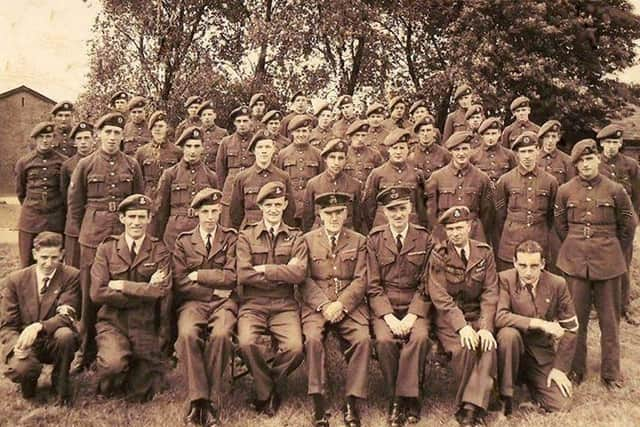

Gerald said: “I joined the ATC 1440 Squadron in Shoreham in 1951. The meetings were held in the dome on Shoreham Airfield. The commanding officer was Flt Lt Sidney Coleman, who had served in the RAF during the Second World War.
“As an ATC officer, he was part of the RAF Volunteer Reserve training. The squadron recruited cadets from the age of 13 from the local area. There were three flights, A and B from Lancing, Shoreham and Southwick, and C, which had cadets from Steyning and Upper Beeding.
“The adjutant was Flt Lt Ken Winstone and commanding officers were Fg Off Norman Finch for A, Fg Off Ken Guest for B.
Advertisement
Hide AdAdvertisement
Hide Ad“Other officers were Flt Lt Don Goldfinch and Fg Off Wills, who was also the secretary of Middle Road School for Boys.
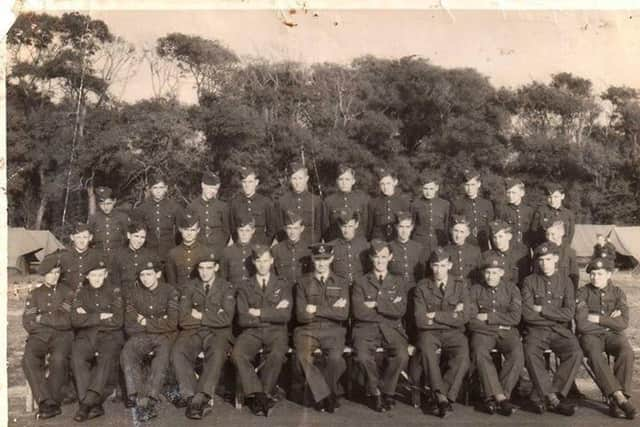

“The rules governing the running of the ATC was called Air Publication 1919 and each cadet was issued with an RAF 3822, a record of service, which included aircraft flown in and exams taken.
“In those days, the exams were held in Beach House, Worthing, which was the HQ of No. 45F (Worthing) Sqdn ATC.
“One adult Warrant Officer was Wilfred Stephenson and eventually, Wilfred, who came from Southwick, was commissioned. He held the post of commanding officer of the Sussex Wing ATC.
Advertisement
Hide AdAdvertisement
Hide Ad“Civilian instructors who made up the number were Mr Tom Pollington, Mr Alan Morgan and Mr Gerry Woolvern.
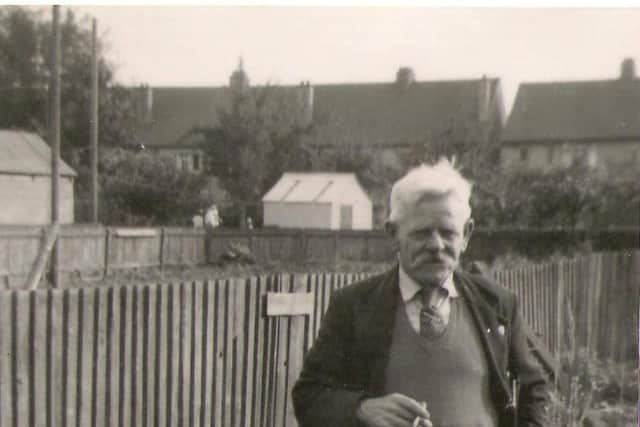

“An annual attraction was the summer camp, when the squadron stayed on an RAF Station for the duration of one week. An opportunity to fly in RAF aircraft was given, live full bore rifle firing on a 25-yard range and visits to various units on the station, such as parachute packing and the fire and rescue section.
“During my time, I went to camps at Thorney Island, Detling, West Malling, Swanton Morley and, finally, BIggin Hill. I first flew in an Avro Anson from Shoreham Airport.
“I made lifelong friends with Ken Sayers, Geoff Whittington and Norman Fieldwick, who were also members of 1440 Sqn.
Advertisement
Hide AdAdvertisement
Hide Ad“The ATC motto Venture Adventure was enjoyed and in 1958 I enlisted in the RAF. I served for 22 years. Many before me and many after also enlisted from the youngest branch of the Armed Forces. I enjoyed my time in the ATC.”
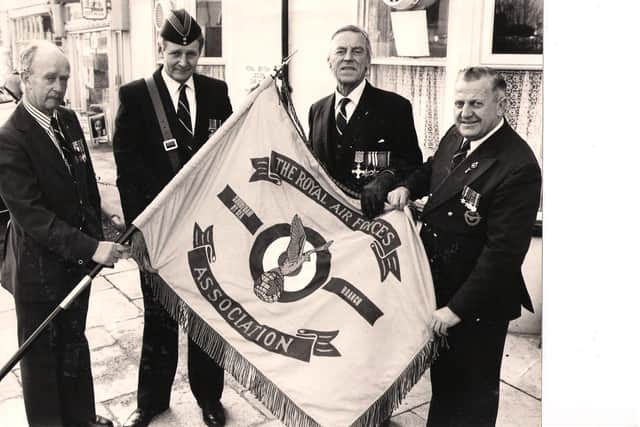

Gerald’s family had lived in Shoreham for many years and his grandfather, William Dowell White, of West Street, Shoreham, served in the First World War.
William was 39 and married with five sons when he enlisted in the Royal West Kent Regiment.
His brother, Leonard, enlisted in the Royal Fusiliers at the same time. They had been employed as a plasterer and milkman respectively and both did their training on Mill Lane with the 24th Division.
Advertisement
Hide AdAdvertisement
Hide AdGerald said: “Following some duties in Egypt, Leonard was posted with his regiment to the Western Front. Almost at war’s end, Leonard was involved in heavy fighting and was wounded in the head.
“His wound was a blighty one, which meant he was returned to England to a hospital in Liverpool. On November 19, 1918, Leonard died of blood poisoning, just eight days after the ceasefire.”
Leonard was given a military funeral and buried in Mill Lane Cemetery.
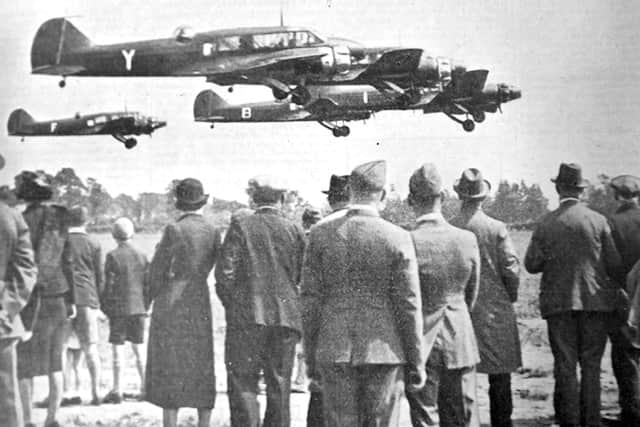

William, because of his age and ‘diminutive height’ became a company runner.
Advertisement
Hide AdAdvertisement
Hide AdGerald said: “He could keep low when carrying messages in the deep trenches. During his time in the trenches, William was captured by the enemy.
“He was made to carry ammunition to the German frontline and, on one occasion, he told the German guard to leave, or he would drop a live grenade into a large bucket of grenades that he and another were carrying.
“The guard ran off and dropped his rifle, William and others then made their way back to their own lines.”
Both William and Leonard were awarded the Great War medal and the Victory medal.